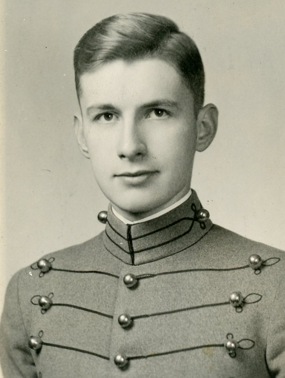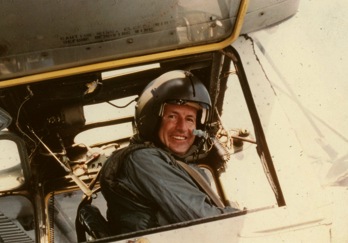Wilson’s interest in flying and modeling go hand in hand. As a child, the thought of being in an airplane in the sky made his heart race, and the closest he could imagine getting to that real experience led to building toy models. He scrounged materials at every opportunity—wrapping paper, string, straw, flour-and-water paste. Every available penny of allowance was saved to purchase anything that might be helpful. Throughout his life he continue to collect odd pieces of plastic, rubber, wire, odd-shaped containers–anything that might be useful in his modeling endeavors. Most of his airplane models were his own design, many radio controlled, and later some were equipped with cameras to be helpful with paintings from a high perspective.

The ship models he built were done entirely from scratch, using his own detailed drawings made from plans he obtained from Maritime museums. He followed actual ship-building practices closely, constructing bulkheads and planking to scale. He studied contemporary paintings of the ships to give his models authenticity.
In 1942, having finished high school at Los Alamos Ranch School in New Mexico, he sought his father’s approval to enlist in the Army Air Corps. It was either enlist, go on to school, or be drafted. His father challenged him to apply to West Point, where there was a chance to be selected for Branch Training to become a pilot. He was admitted to West Point in the summer of 1942, qualified for flight training and earned his wings two weeks before graduating as a Second Lieutenant in June of 1945. His initial tour of duty with the Army Air Corp was for 30 months in the Philippines where he was assigned to Air/Sea Rescue and Grave Registration. This entailed flying throughout the South Pacific—Australia, Borneo, the Philippines and other islands—primarily in a Catalina Flying Boat, trekking in to crash sites, recovering the remains of air crews. This initial assignment was seminal in his becoming a painter. Long flights in the South Pacific deepened an appreciation for the beauty of the world that remained with him throughout his life.
